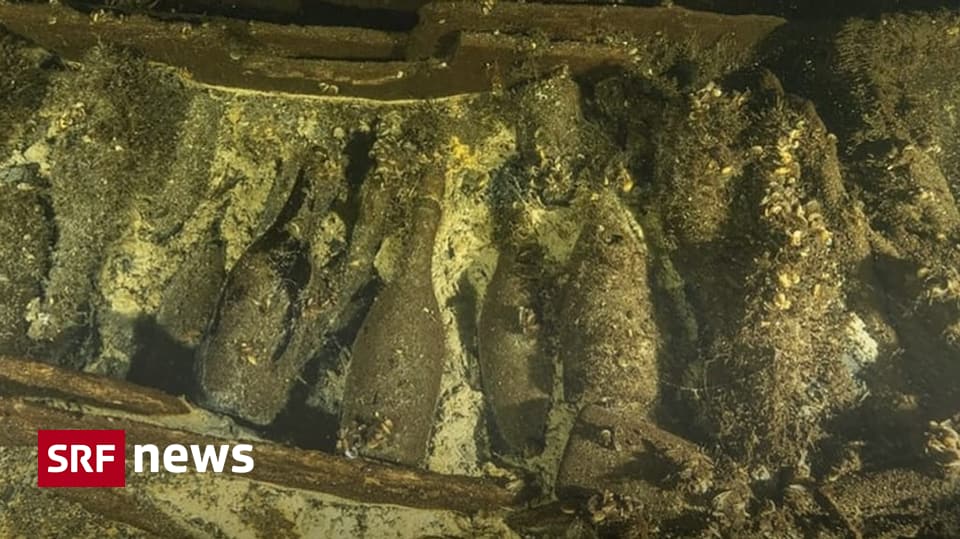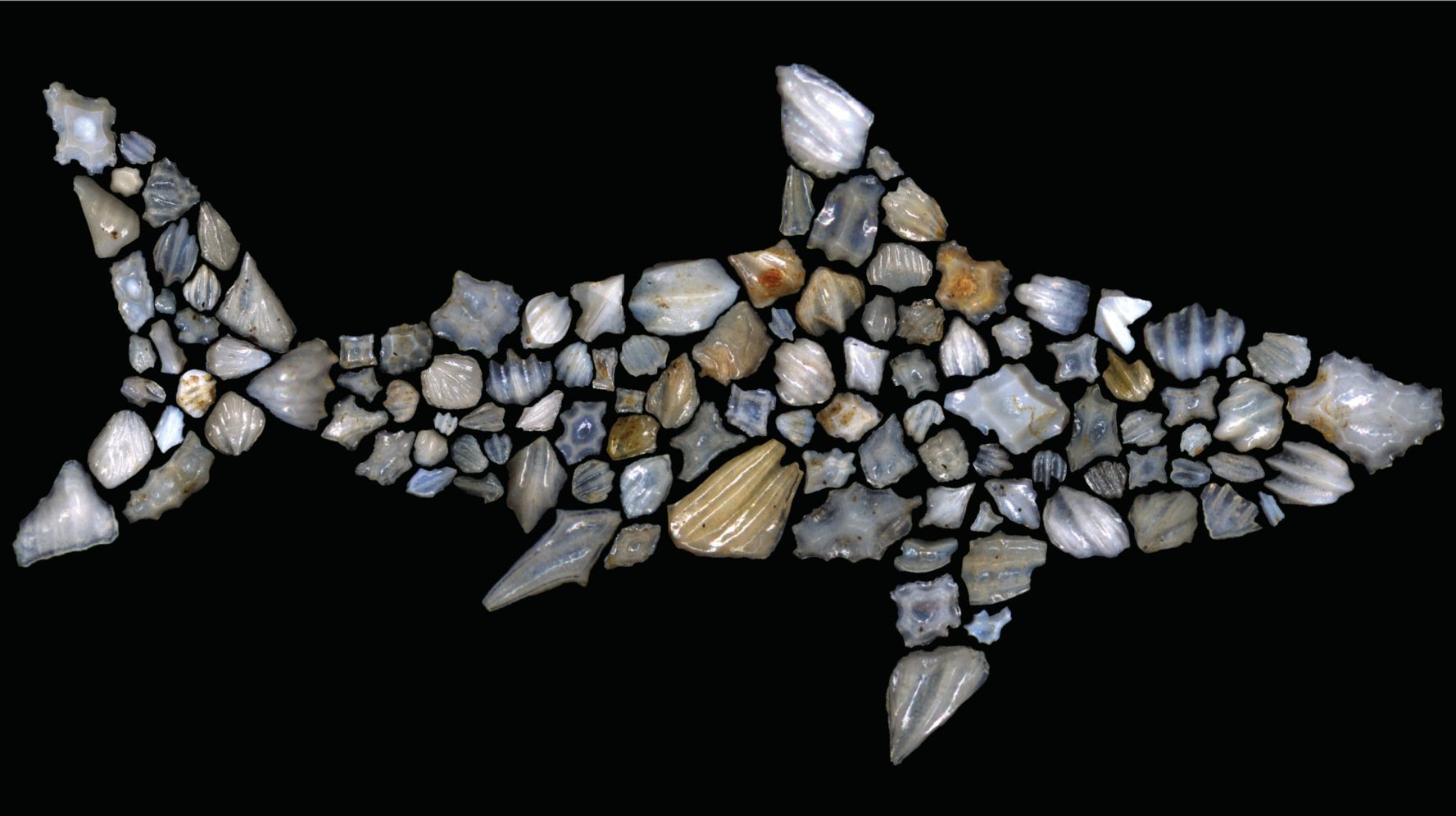The history of sharks has begun to make a fuss: About 19 million years ago, the world’s population of these predatory fish collapsed by 90 percent and more than half of species disappeared, according to a study of microfossils in sediment cores. The cause of the massive mass extinction remains a mystery, as there are still no indications of major environmental changes since that time. Researchers assert that a similar collapse in global shark numbers can be seen again today, but with an obvious human cause.
What are the fluctuations in the numbers and species of fish in the open sea over millions of years? That fundamental question was at the start of a research project that eventually led to the surprising discovery in sharks, according to a report by Elizabeth Seibert of Harvard University in Cambridge and Leah Rubin of the College of the Atlantic in Bar Harbor. “We first decided to establish a record 85 million-year abundance of fish and sharks just to get a sense of what the natural long-term population variability looks like,” Seibert says.
To do this, the researchers examined fish teeth and shark scales in drill cores made of deep-sea sediments from two remote locations in the Pacific Ocean. These are fossil remains that, unlike other body structures of fish, are well preserved and, despite their small size, can be assigned to different species or groups based on structural features. “When we studied microfossils from different layers of the drill core, we first encountered indications of a sudden, drastic decline in sharks, and then followed that path in a targeted manner,” Seibert says.
Microfossils document an intrusion
Finally, a previously unknown Miocene mass extinction took on more distinct features: a sudden decrease in the frequency of shark scales in sediments showed that shark populations collapsed by about 90 percent about 19 million years ago. These predatory fish seem to have been particularly affected: the extinction is characterized by the effects of an excessive reduction in the ratio of sharks to other fish, whose populations seem to have remained largely stable.
Comparisons of microfossil skeletal features before and after the shark population collapse showed that more than 70 percent of shark species had become extinct at that time. In this group of animals, the species loss was twice as high as 66 million years ago, when many marine animals as well as dinosaurs and other land animals also disappeared. The study results also show that a wave of extinction 19 million years ago had a lasting effect on shark diversity: the data suggest that their diversity today is only a fraction of what it was before the fissure.
The need to research and critically look at the day
As for the cause of the mass extinction, the study now baffles science. Because so far no climate catastrophe or ecosystem disturbance has been identified that occurred at the time of the sudden collapse of shark populations. Seibert and Robin now hope their findings will provide impetus for further research. As they assert, discoveries of extinction events have already led to insights into the background. In addition to why sharks died, subsequent studies could shed light on other questions: “This work could provide impetus for more detailed investigations into the cause of the permanent decline in shark diversity, as well as conditions in the period in question and influences on the evolution of modern ecosystems.” , says Pincelli Hull of Yale University, noting his colleagues’ surprising findings.
Leah Rubin concludes by moving from the past to the present, where there are relevant similarities: “The current declines in shark populations are worrisome and this work helps place these developments in the context of the history of shark populations over the past 40 million years to reach. This is important for assessing How will today’s losses affect,” says the scientist. Commenting on the study, Catalina Pimento of the University of Zurich and Nicholas Benson of the Smithsonian Institution in Washington, D.C. emphasized the importance of the study in the present: the extinction occurred 19 million years ago. The ecological fate of what remains is now in our hands,” the scientists wrote.
Source: Yale University, article: Science: 10.1126 / Science. aaz3549

“Alcohol buff. Troublemaker. Introvert. Student. Social media lover. Web ninja. Bacon fan. Reader.”







More Stories
Is the wrong diet making you forget?
We can study it with a new telescope.
Education: Start studying astronomy at school.